Sofia Levin is a MasterChef Australia Judge, culinary journalist and a seasoned world traveller who uses food, cuisine and cooking to celebrate diversity. She shares her hot tips for favourite Aussie food tips in the Territory.
Welcome to Murumburr Country, where the seasons number six and the land is a patchwork of desert, shrub land, wetlands and billabongs. This ecological assortment affords the region with a smorgasbord of native Australian ingredients that local Aboriginal people have been hunting and harvesting for millennia. For visitors, there are plenty of opportunities to learn about the land and its people, including these real Australian food experiences.
Visit Aboriginal Bush Traders
This not-for-profit organisation supports Indigenous communities with a cafe and gallery store. Aboriginal Bush Traders cafe opens bright and early, serving Darwin locals and visitors coffee and familiar fare, but with a bush tucker twist. The breakfast and lunch plates are exceedingly generous and the best way to try a little bit of everything.
The breakfast plate might include a bacon and egg bush-spiced pie or buffalo and egg wrap with bush tomato relish; granola speckled with native fruit and served with yoghurt; protein balls flavoured with lemon myrtle or Davidson plum, and coffee and juice. For lunch, dish after dish lands on the table: perhaps roast kangaroo with bush spices; zucchini and corn bush slice with sea celery pickle; seasonal native dip with Kakadu Tucker dukkah; a pavlova nest with rosella cream and more.
Beside the dining space, the Aboriginal Bush Traders store offers a selection of carefully curated paintings, carvings and jewellery from Indigenous artists. Along with storybooks for all ages, skincare infused with bush medicine and homewares are jars of bushfood condiments and spice mixes to take home. Stock your pantry and help support Indigenous communities in the process.
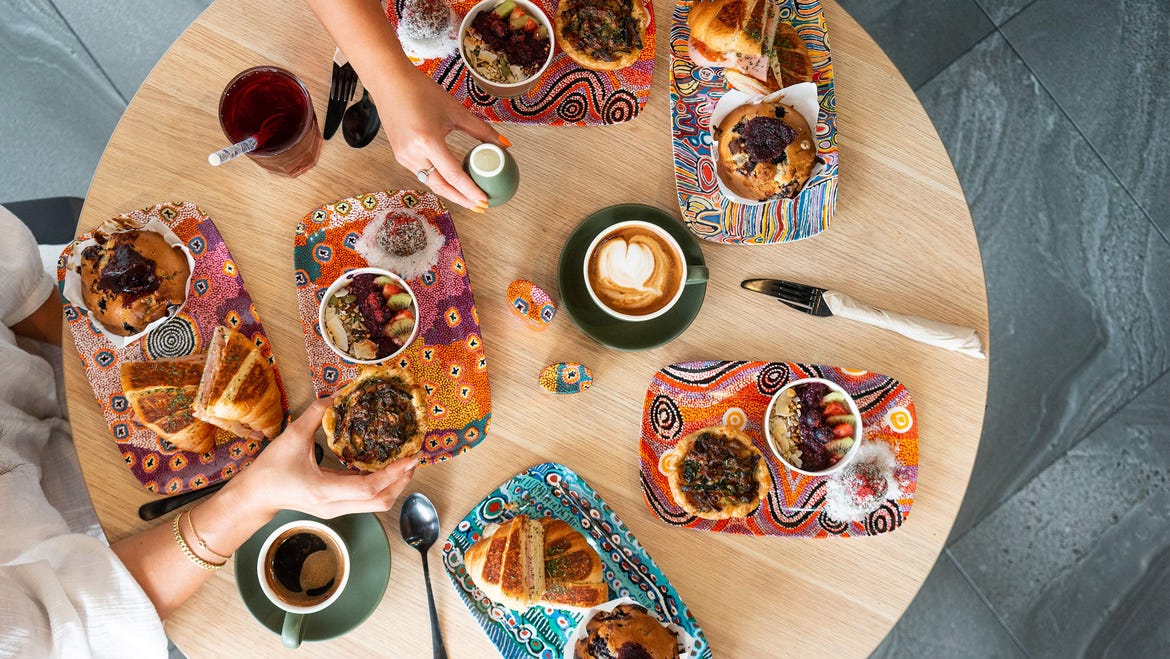
Book an immersive Bamurru feast on Country
Bamurru, or magpie goose as it’s known in English, is a water bird that looks like a goose with magpie colouring, but is technically neither. Hunted and consumed by Aboriginal people for tens of thousands of years, magpie goose doesn’t taste anything like chicken. It’s a lean, red meat; akin to the perfect steak when cooked medium-rare and nothing like dry, white breast meat from the local chook shop. The only way to try it is to join Patsy Raichiwanga Raglar on an Animal Tracks Safari tour, organised through Kakadu Tourism.
Patsy will walk with you on her land, tapping paperbark trees to determine their readiness to have their bark peeled off in vast, flaky sheets. These are used as chopping boards, to wrap meat and as serving platters. Meanwhile, the bamurru are plucked and butchered before being cooked over hot coals. Patsy will tell you that the birds are best eaten in between the dry and wet seasons, when the billabong waters are at their lowest and the birds’ guts are stuffed with the water chestnut bulbs they’ve been diving for. It is truly an experience not to be missed.
.jpg?width=770&height=434&fit=crop&auto=webp&quality=80)
.jpg?width=370&height=434&fit=crop&auto=webp&quality=80)
.jpg?width=1170&height=659&fit=crop&auto=webp&quality=80)
Forage for bush foods on a Kakadu nature walk
There are countless native fruits, roots, vegetables and edible critters in the Top End, from Kakadu plums and green ants, to bush apples and plums. But the most fascinating knowledge comes directly from traditional land owners. You can join various bush food experiences through Kakadu National Park. Hosted by Indigenous park rangers, you won’t just learn what can be foraged, but also the ways in which nature has sustained and communicated with Aboriginal people for thousands of years.
You’ll likely be introduced to Pandanas spiralis, also called a screw palm. It has distinctive leaves that coil up the length of the trunk until they spread out into leaves that can be woven into baskets and mats. The woody fruits are used as fire starters as well as eaten, while the trunk itself has traditional medicinal uses. Depending on the time of year, there is also knowledge to share about the kapok tree. If its elongated fruits are fleshy, local Aboriginal people know it’s time to harvest crocodile eggs. If the cotton-like seed pods have cracked open and are spilling their fibres, the eggs have hatched and it is too late. Join a guided Aboriginal cultural tour in Kakadu to learn more about bush foods.
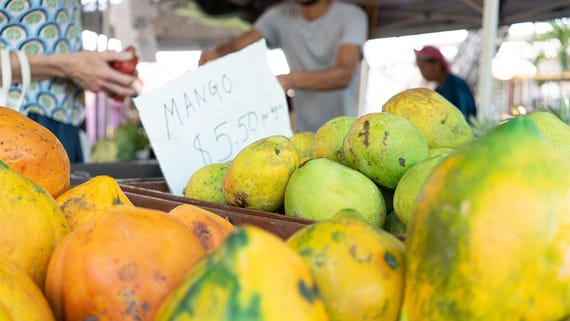
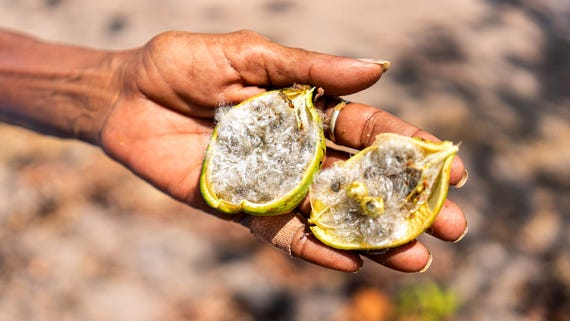
Eat the world’s best crab
It’s a big call, but Darwin mud crab could be the best crab in the world. These locally-caught beauties have some of the meatiest, sweetest flesh you can find in a crustacean. The giant species, Scylla serrata, are generally available between May and November. During the season you’ll see them on menus at local Darwin restaurants, where people with overseas heritage who now call Australia home flavour them with their personal histories. At Hanuman, a whopper mud crab is $135 with roti and easily feeds two (add rice and cooked greens and it’s the perfect meal). Renowned chef Jimmy Shu offers it with various southeast Asian sauces, perhaps Malaysian curry loaded with aromats or a tomato-based Singapore chilli option.
If you’re a handy cook with access to a kitchen, head to Mr Barra, right on Hornibrooks Wharf. This seafood wholesaler sources fresh fish and crustaceans direct from trawlers across the NT, Western Australia and South Australia and sells them direct to public. At the time of writing, they are $50 a kilogram.
Hot tip: time your grocery shop with a visit to one of Darwin's markets, like Rapid Creek Markets, open 7am to 2pm on weekends. It’s the best place to shop for produce, with stalls selling tropical ingredients reminiscent of Asia’s best markets.

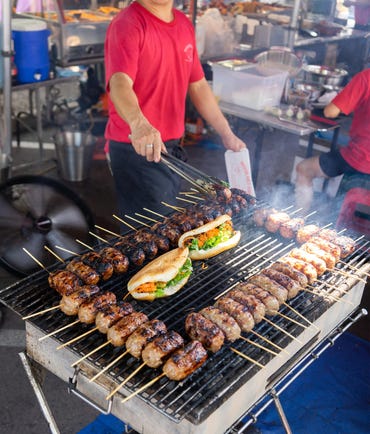
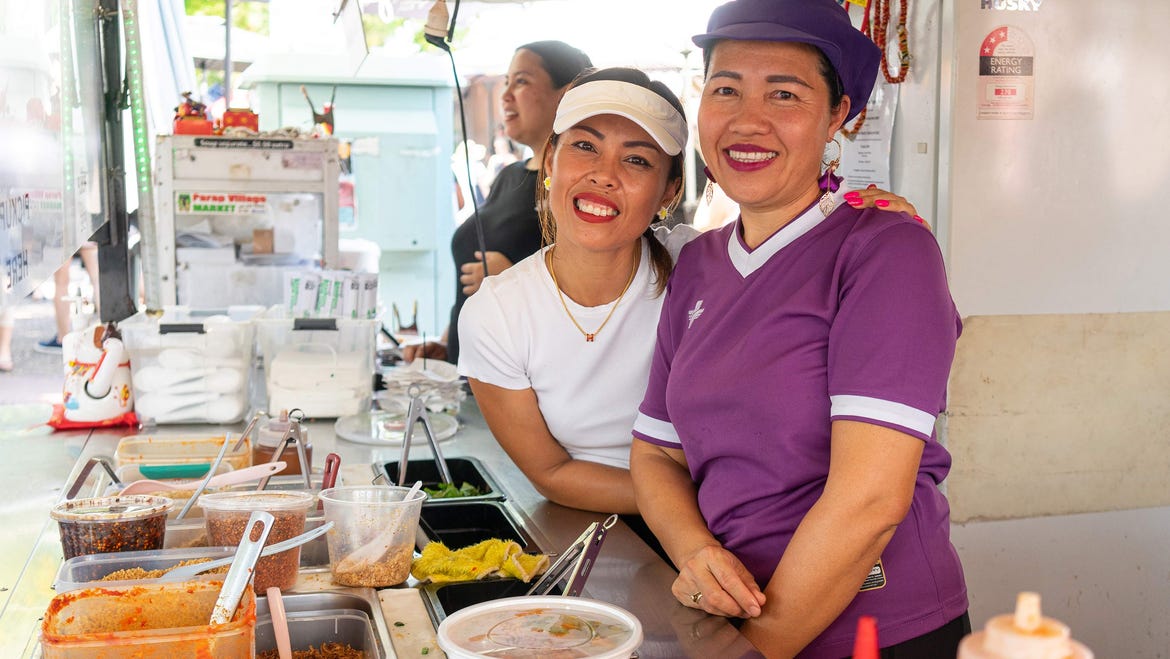
Share this
Continua ad navigare
Altri articoli che potrebbero interessarti

